Home>Gardening & Outdoor>Landscaping Ideas>How Long After Planting Grass To Walk On It
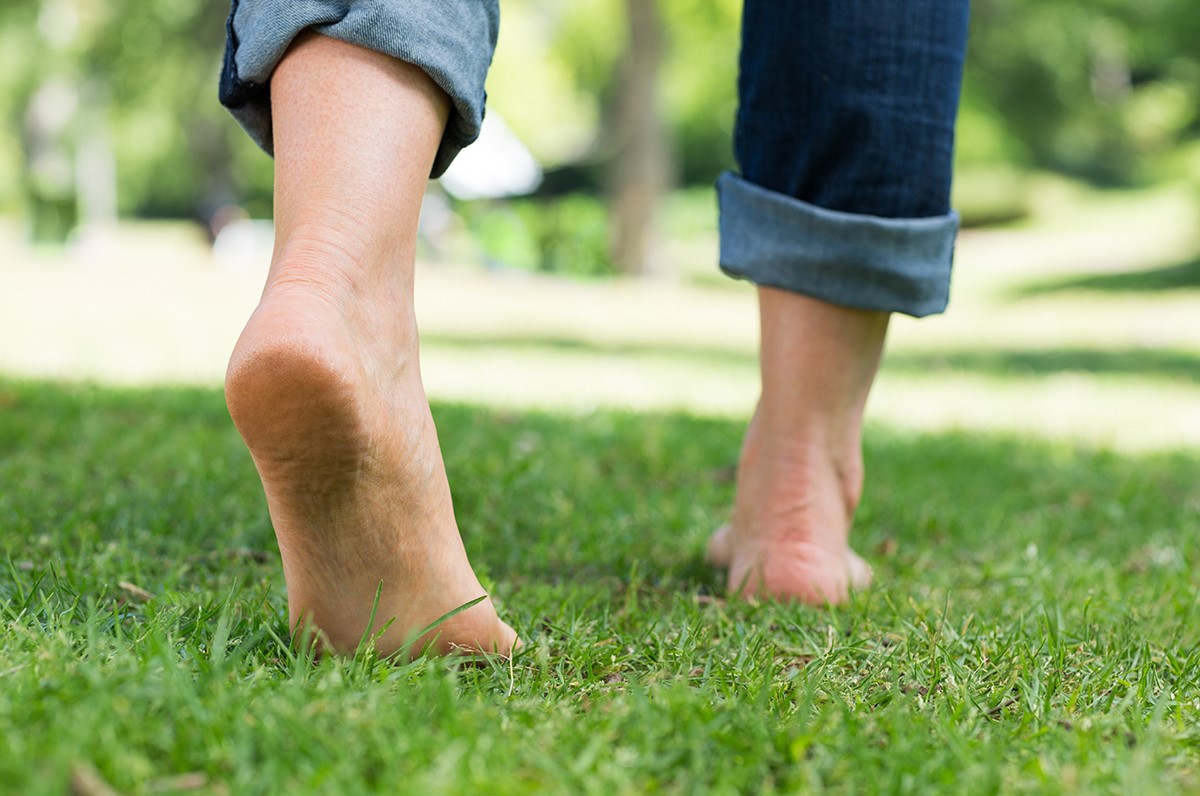

Landscaping Ideas
How Long After Planting Grass To Walk On It
Modified: February 18, 2024
Discover the best landscaping ideas for walking on newly planted grass. Learn how long to wait before enjoying your lush lawn.
(Many of the links in this article redirect to a specific reviewed product. Your purchase of these products through affiliate links helps to generate commission for Storables.com, at no extra cost. Learn more)
**
Introduction
**
When it comes to landscaping, few things are as satisfying as transforming a patch of bare soil into a lush, green lawn. Whether you're starting from scratch with seeds or laying sod, nurturing new grass requires patience and care. One of the most common questions that homeowners have during this process is, "How long after planting grass can I walk on it?" The answer to this query is crucial for ensuring the successful establishment of your new lawn.
In this article, we will delve into the various factors that influence the establishment of grass, explore the timeline for when it is safe to walk on newly planted grass, and provide valuable tips for protecting your fledgling lawn. By the end, you will have a comprehensive understanding of the process and be well-equipped to foster a healthy, vibrant lawn that you can enjoy for years to come. So, let's embark on this green journey together and unravel the mysteries of walking on newly planted grass.
Key Takeaways:
- Patience is key when waiting to walk on newly planted grass. It takes 8-12 weeks for seeded lawns and 2-3 weeks for sodded lawns to be ready for foot traffic.
- Protect your new grass by minimizing foot traffic, following a watering schedule, and implementing weed control and pest management strategies.
Factors Affecting Grass Establishment
Establishing a thriving lawn requires an understanding of the various factors that can influence the growth and development of grass. By considering these factors, you can make informed decisions and take the necessary steps to support the healthy establishment of your new lawn. Here are the key factors that play a role in grass establishment:
- Grass Type: The type of grass you choose for your lawn significantly impacts the establishment process. Some grass species germinate and establish more quickly than others, so it’s important to select a variety that is well-suited to your climate and soil conditions.
- Soil Conditions: The condition of the soil is paramount to the success of your grass establishment efforts. Factors such as soil pH, nutrient levels, compaction, and drainage can all affect the ability of grass seeds to germinate and take root.
- Weather and Climate: The prevailing weather and climate in your region can influence the rate at which grass establishes. Factors such as temperature, precipitation, and humidity all play a role in determining how quickly your new lawn will take root and grow.
- Watering and Irrigation: Proper watering is essential for the successful establishment of grass. Both under-watering and over-watering can hinder the growth of new grass, so it’s important to follow best practices for watering and irrigation.
- Weed and Pest Control: Competition from weeds and damage from pests can impede the establishment of grass. Implementing effective weed control measures and pest management strategies is crucial for creating an environment where grass can thrive.
By considering these factors and taking proactive measures to address any potential challenges, you can set the stage for successful grass establishment. Understanding the nuances of these elements will empower you to make informed decisions and nurture a healthy, resilient lawn.
When Can You Walk on Newly Planted Grass?
After investing time, effort, and resources into planting a new lawn, it’s natural to be eager to enjoy the fruits of your labor. However, it’s crucial to exercise patience and allow the newly planted grass to establish itself before subjecting it to foot traffic. The timeline for when it is safe to walk on newly planted grass varies depending on several factors, including the method of establishment and the specific grass species. Here’s a general guideline for when you can safely walk on newly planted grass:
- Seeded Lawns: If you’ve planted grass from seed, it’s generally recommended to wait until the grass has reached a height of 3 to 4 inches before walking on it. This typically takes around 8 to 12 weeks, but it’s important to assess the actual growth of the grass rather than strictly adhering to a timeline.
- Sodded Lawns: For sodded lawns, the timeline for walking on the grass is typically shorter. In most cases, you can walk on newly laid sod within 2 to 3 weeks, once the roots have firmly established in the soil.
- Hydroseeded Lawns: Hydroseeding, which involves spraying a slurry of grass seed, mulch, and fertilizer onto the soil, can expedite the establishment process. You may be able to walk on a hydroseeded lawn within 3 to 4 weeks, but it’s essential to monitor the growth and development of the grass to determine readiness for foot traffic.
It’s important to note that these timelines are general estimates, and the actual readiness of the grass for walking on should be assessed based on its growth and establishment. Walking on newly planted grass too soon can damage delicate seedlings or newly laid sod, setting back the establishment process and potentially leading to bare patches or uneven growth.
Before venturing onto your new lawn, perform a visual inspection to ensure that the grass has reached the recommended height and appears well-established. Additionally, gently press down on a corner of the lawn to test the resistance of the grass roots. If the roots hold the soil firmly in place, it’s a good indication that the grass is ready for light foot traffic.
By being mindful of these guidelines and closely monitoring the progress of your newly planted grass, you can ensure that it has the opportunity to establish itself fully, setting the stage for a healthy and resilient lawn.
Wait at least 2-3 weeks after planting grass seed before walking on it. This allows the roots to establish and the grass to grow stronger.
Tips for Protecting Newly Planted Grass
Protecting newly planted grass is essential for fostering its healthy establishment and ensuring that it thrives in the long run. By implementing the following tips, you can safeguard your fledgling lawn and set the stage for lush, green growth:
- Minimize Foot Traffic: While it’s tempting to explore your new lawn, minimizing foot traffic during the establishment phase is crucial. Encourage family members, guests, and pets to avoid walking on the grass until it has fully taken root and reached a suitable height.
- Watering Schedule: Consistent and adequate watering is vital for the successful establishment of new grass. Follow a watering schedule that keeps the soil moist but not waterlogged, promoting healthy root development. Avoid overwatering, as it can lead to shallow root systems and susceptibility to disease.
- Mowing Practices: Once the grass has reached the recommended height for mowing, use sharp blades and adhere to proper mowing practices. Avoid cutting the grass too short, as this can stress the plants and impede their growth. Additionally, refrain from mowing wet grass, as it can lead to uneven cuts and potential damage to the newly established lawn.
- Weed Control: Keep an eye out for weeds that may compete with the newly planted grass for resources. Implement targeted weed control measures to prevent invasive plants from encroaching on your lawn and hindering its establishment.
- Fertilization: While it’s important to provide essential nutrients to support grass growth, avoid over-fertilizing newly planted lawns. Excessive fertilization can stress the grass and lead to uneven or excessive growth, potentially impeding the establishment process.
- Protection from Pets: If you have pets, take steps to protect the newly planted grass from their activities. Designate specific areas for pet play and toileting to minimize damage to the developing lawn.
- Monitor for Pests and Diseases: Keep a watchful eye for signs of pests or diseases that may affect the newly planted grass. Promptly address any issues to prevent them from impacting the establishment and health of your lawn.
By implementing these tips and maintaining a proactive approach to lawn care, you can protect and nurture your newly planted grass, setting the stage for a vibrant and resilient lawn that will be a source of pride and enjoyment for years to come.
Conclusion
Establishing a new lawn is a rewarding endeavor that requires patience, care, and attention to detail. By understanding the factors that influence grass establishment, knowing when it is safe to walk on newly planted grass, and implementing protective measures, you can foster the healthy growth of your lawn and set the stage for a lush, vibrant landscape.
When considering the question, “How long after planting grass can I walk on it?” it’s important to assess the specific conditions of your lawn and prioritize the well-being of the newly planted grass. Whether you’ve seeded, sodded, or hydroseeded your lawn, allowing the grass to establish itself fully before subjecting it to foot traffic is crucial for its long-term health and resilience.
By following recommended timelines and closely monitoring the growth and development of the grass, you can determine when it is safe to walk on your new lawn. Additionally, implementing protective measures such as minimizing foot traffic, proper watering, and vigilant lawn care practices will contribute to the successful establishment of your grass and help it thrive in the years to come.
As you embark on the journey of nurturing your new lawn, remember that patience and attention to detail are key. By providing the necessary care and protection, you are investing in the beauty and longevity of your landscape, creating a space where you can relax, play, and connect with nature.
So, as you gaze upon the tender shoots of grass emerging from the soil, envision the lush, inviting lawn that will grace your outdoor space. With thoughtful care and a touch of patience, your vision will soon become a reality, and you will revel in the joy of a healthy, thriving lawn that enhances the beauty of your home.
Frequently Asked Questions about How Long After Planting Grass To Walk On It
Was this page helpful?
At Storables.com, we guarantee accurate and reliable information. Our content, validated by Expert Board Contributors, is crafted following stringent Editorial Policies. We're committed to providing you with well-researched, expert-backed insights for all your informational needs.
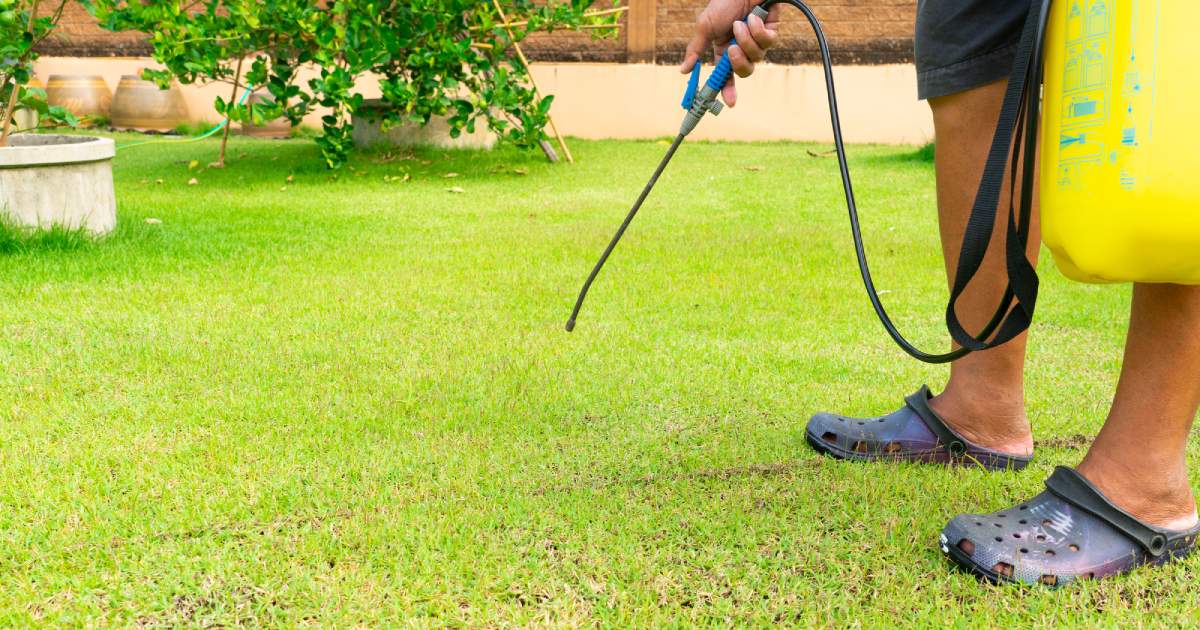
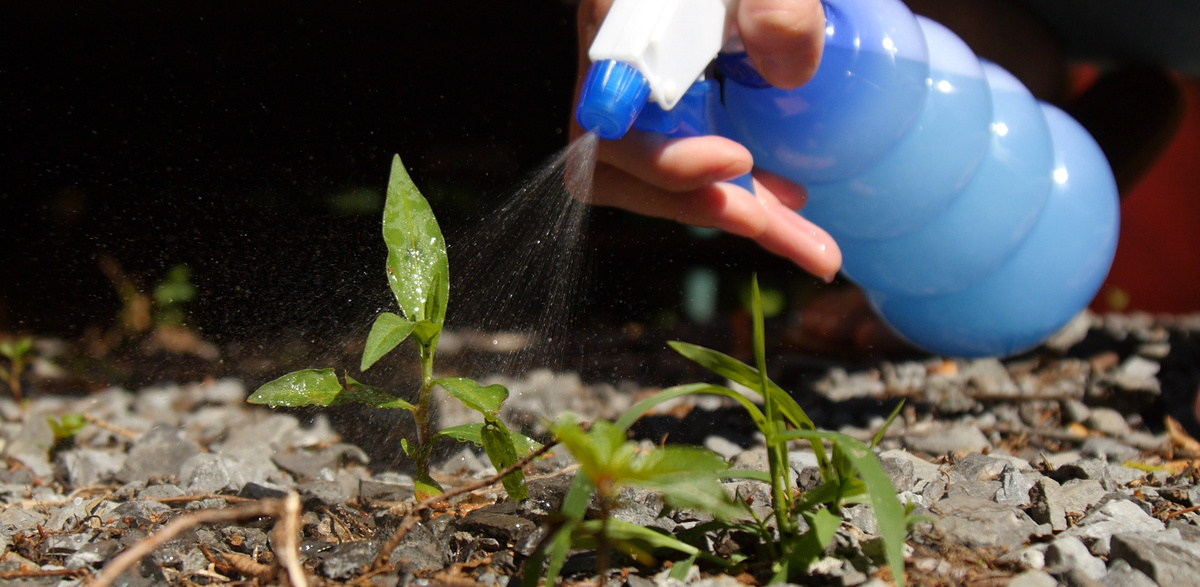
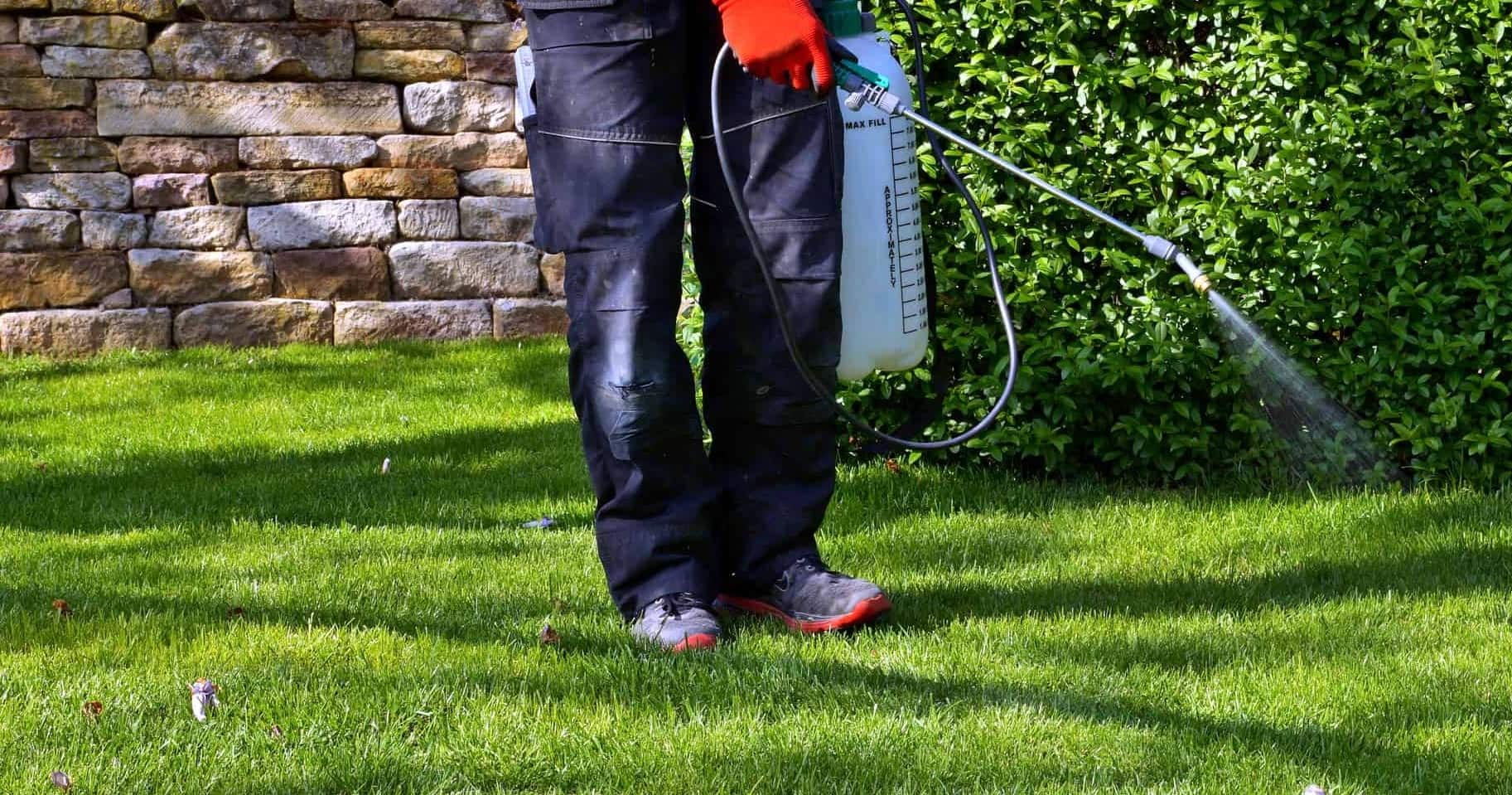
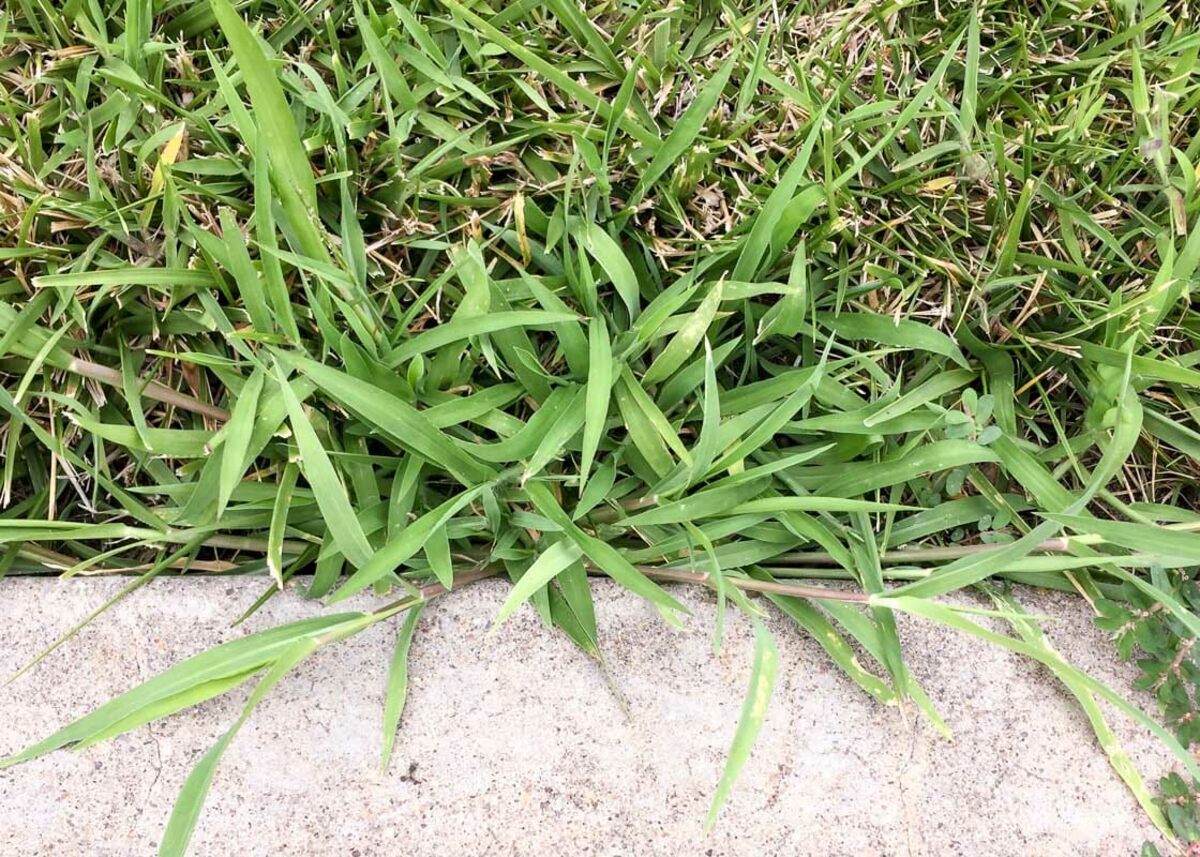
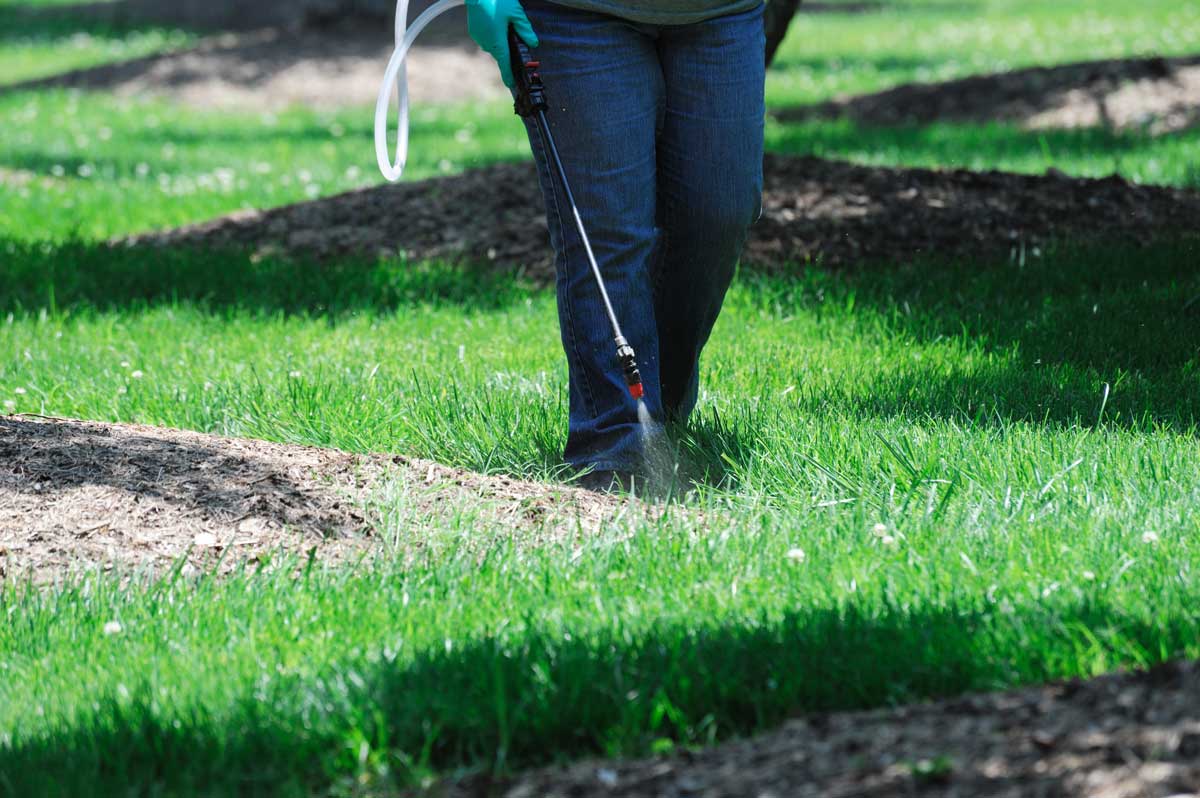
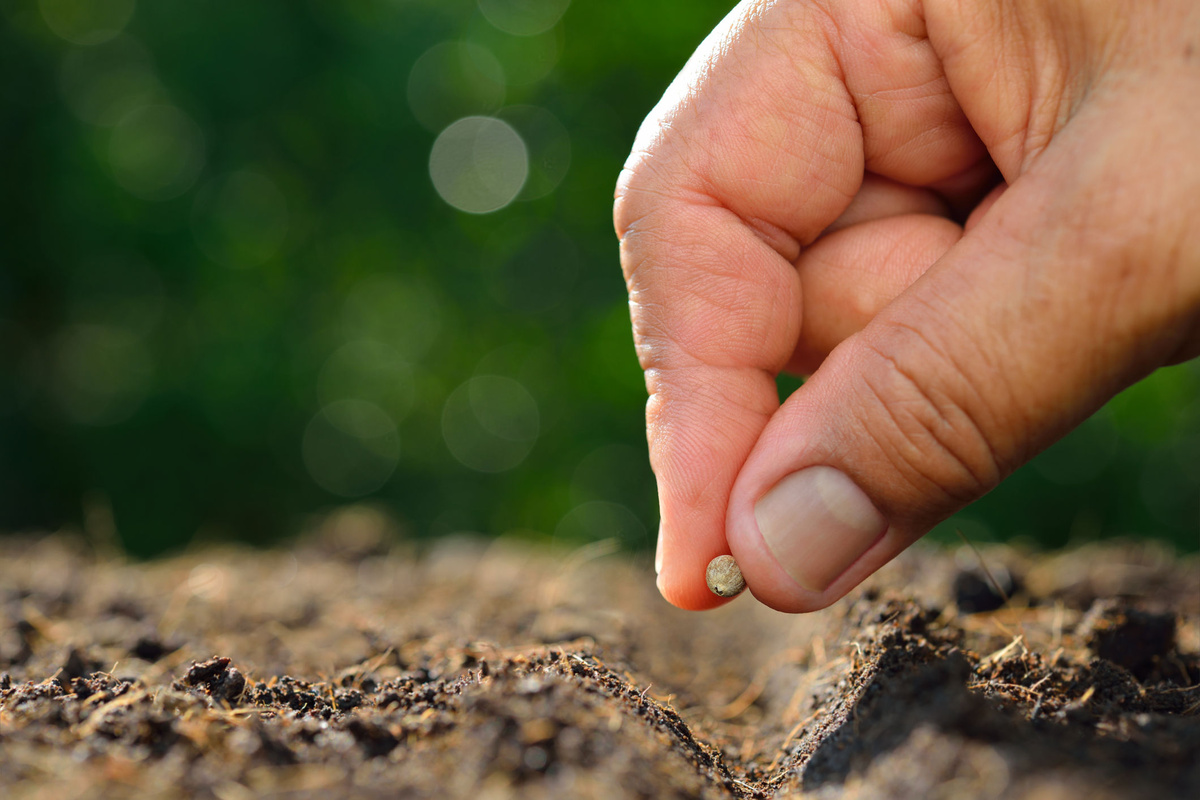
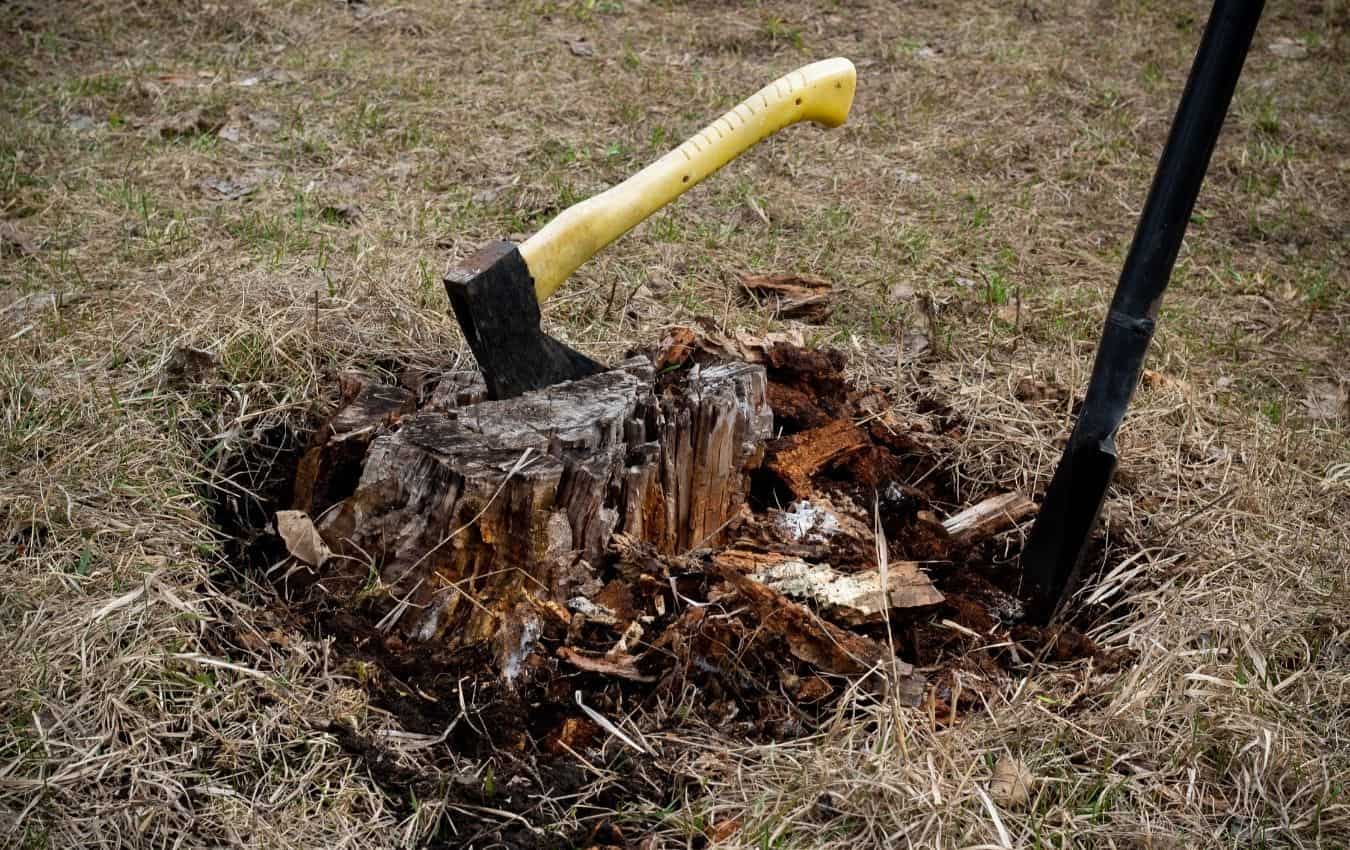
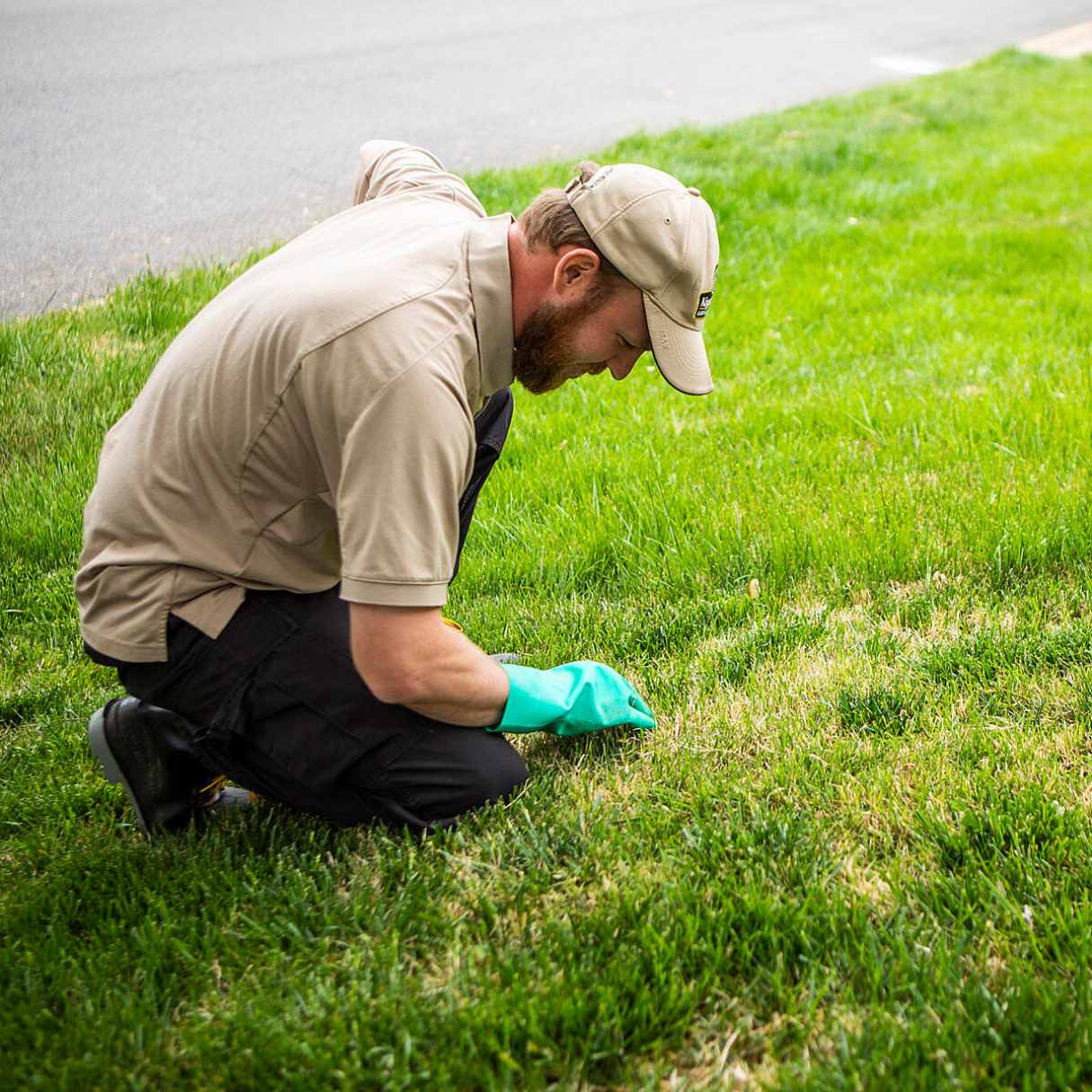
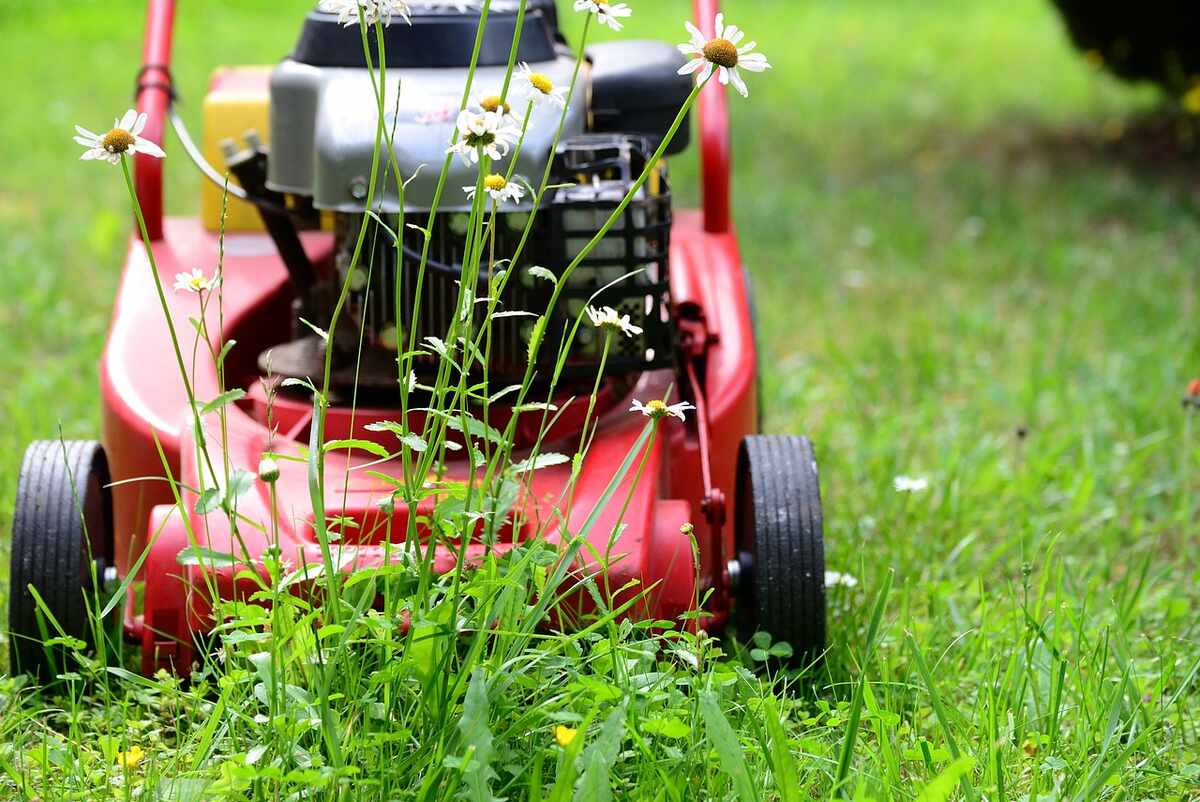
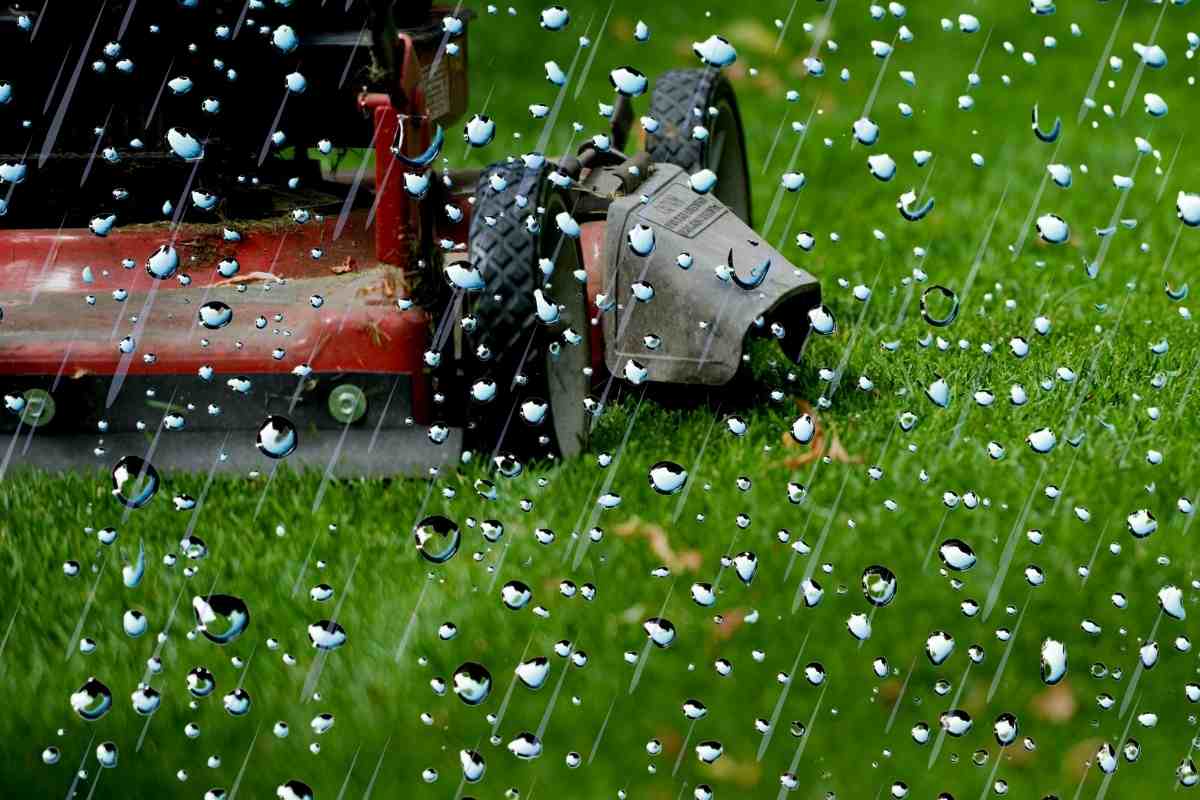
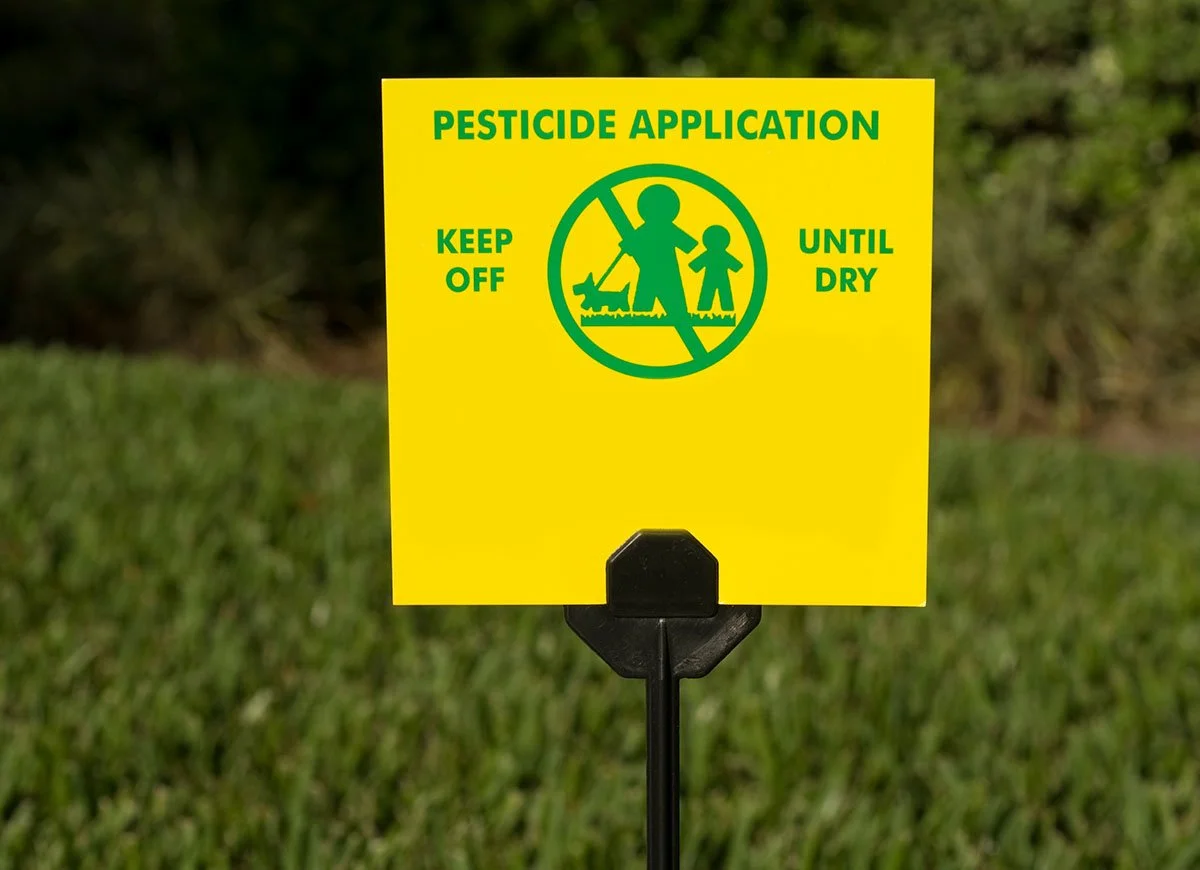
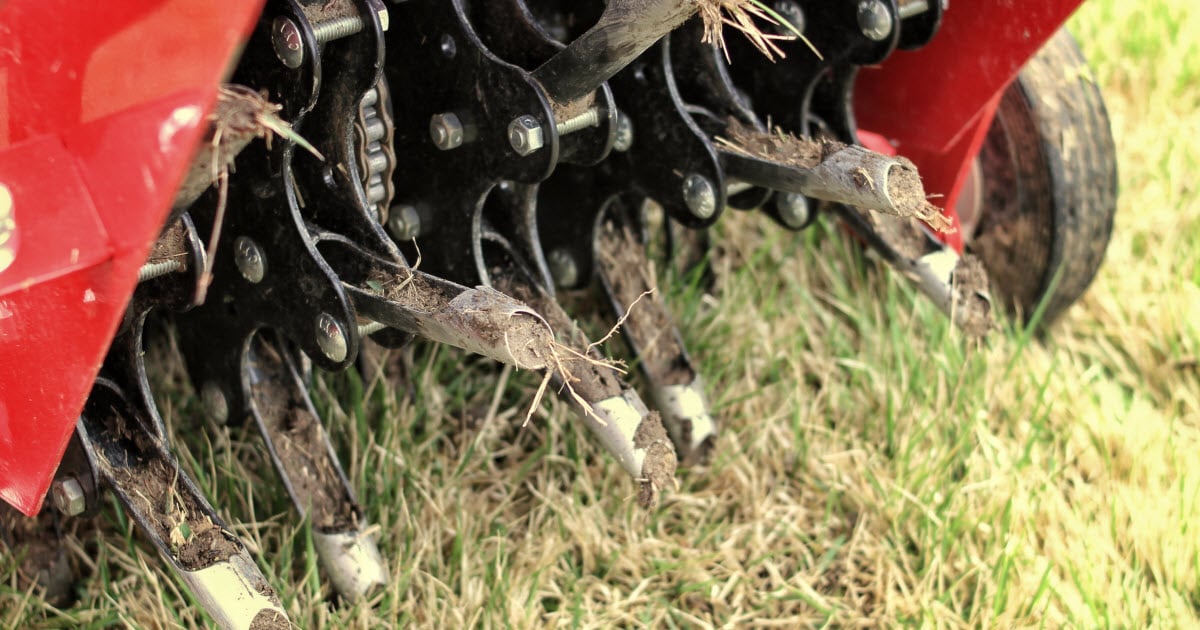
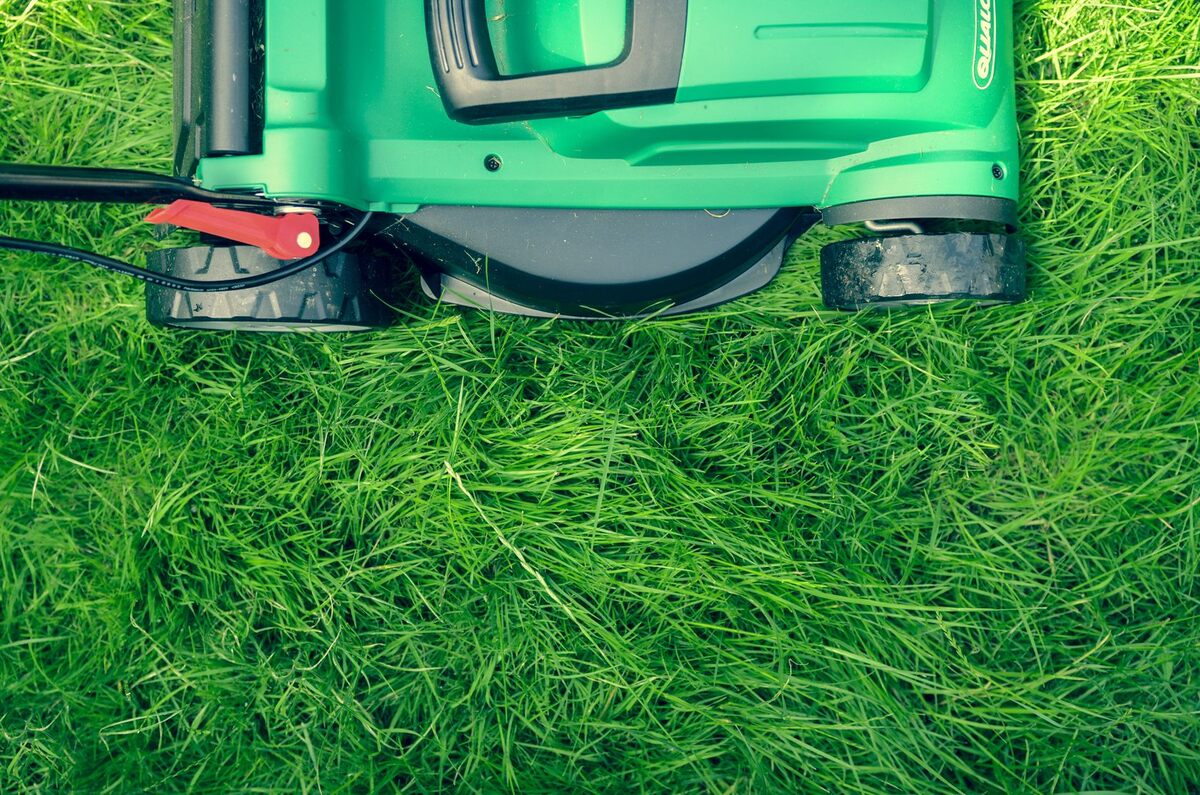
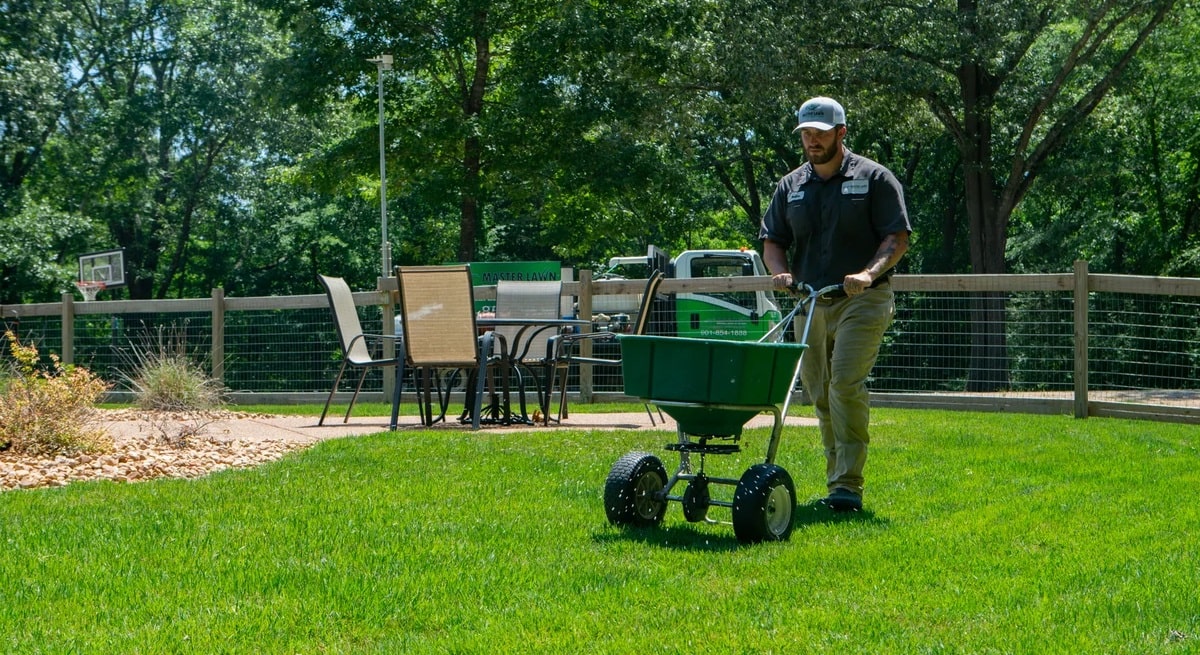
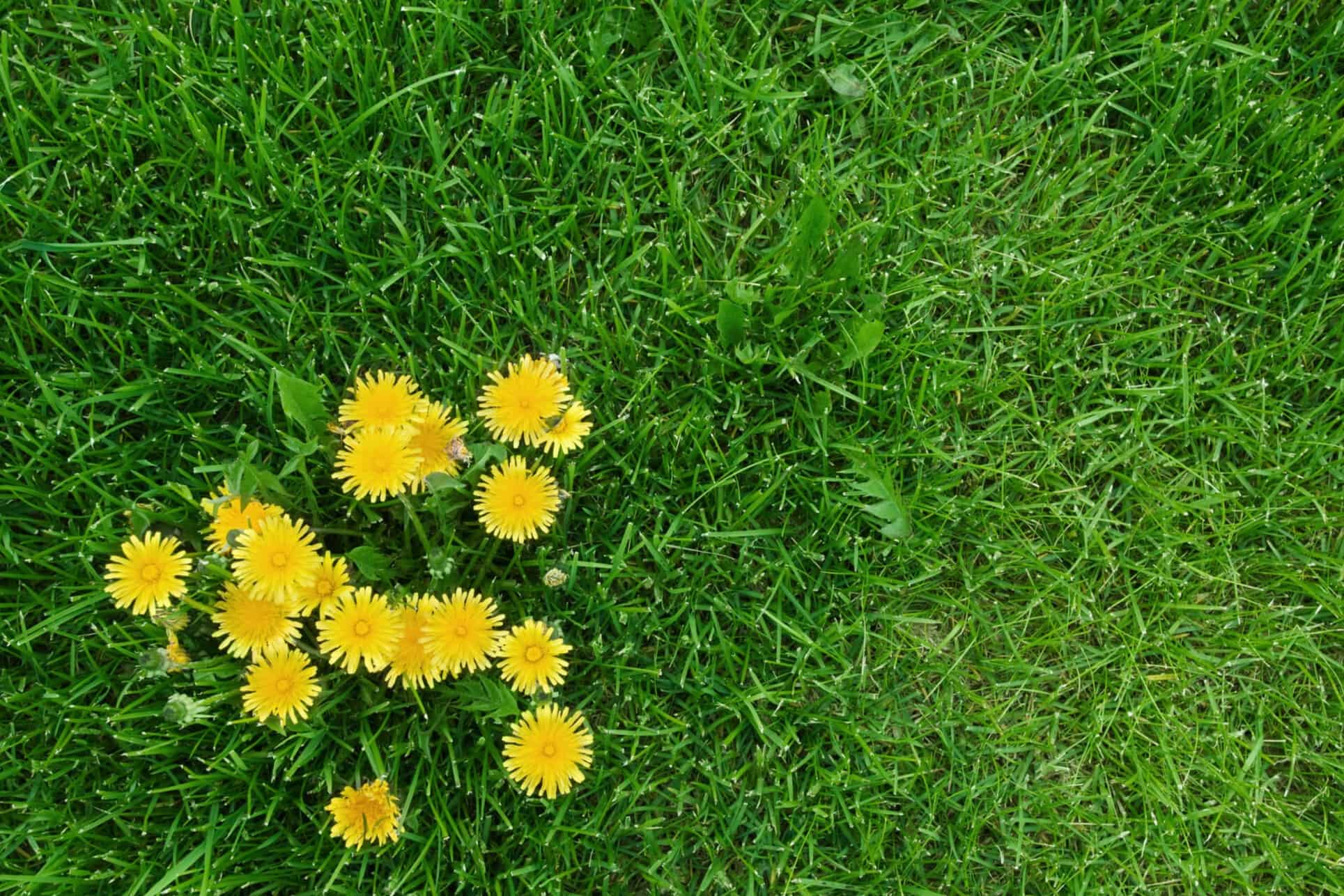

0 thoughts on “How Long After Planting Grass To Walk On It”